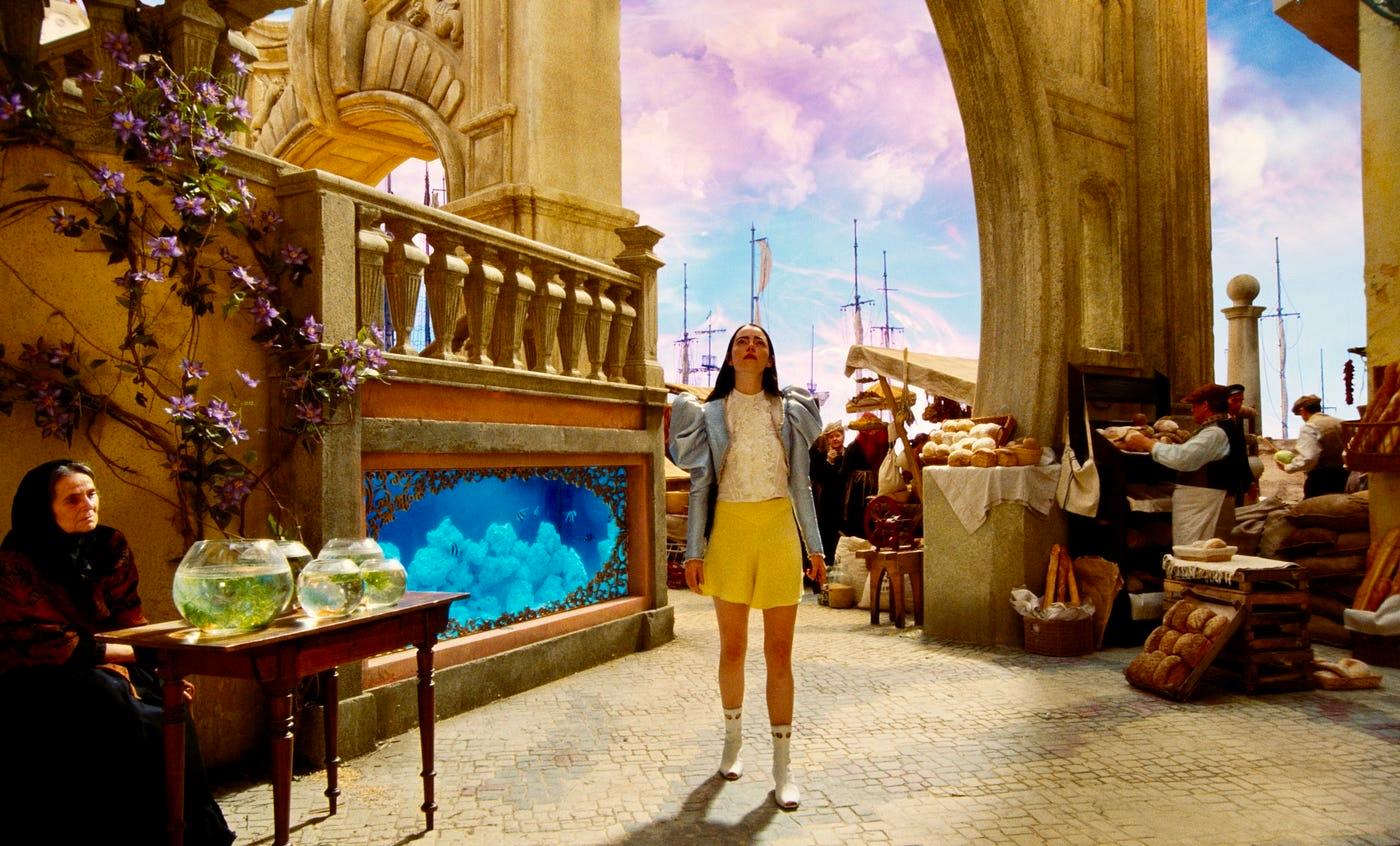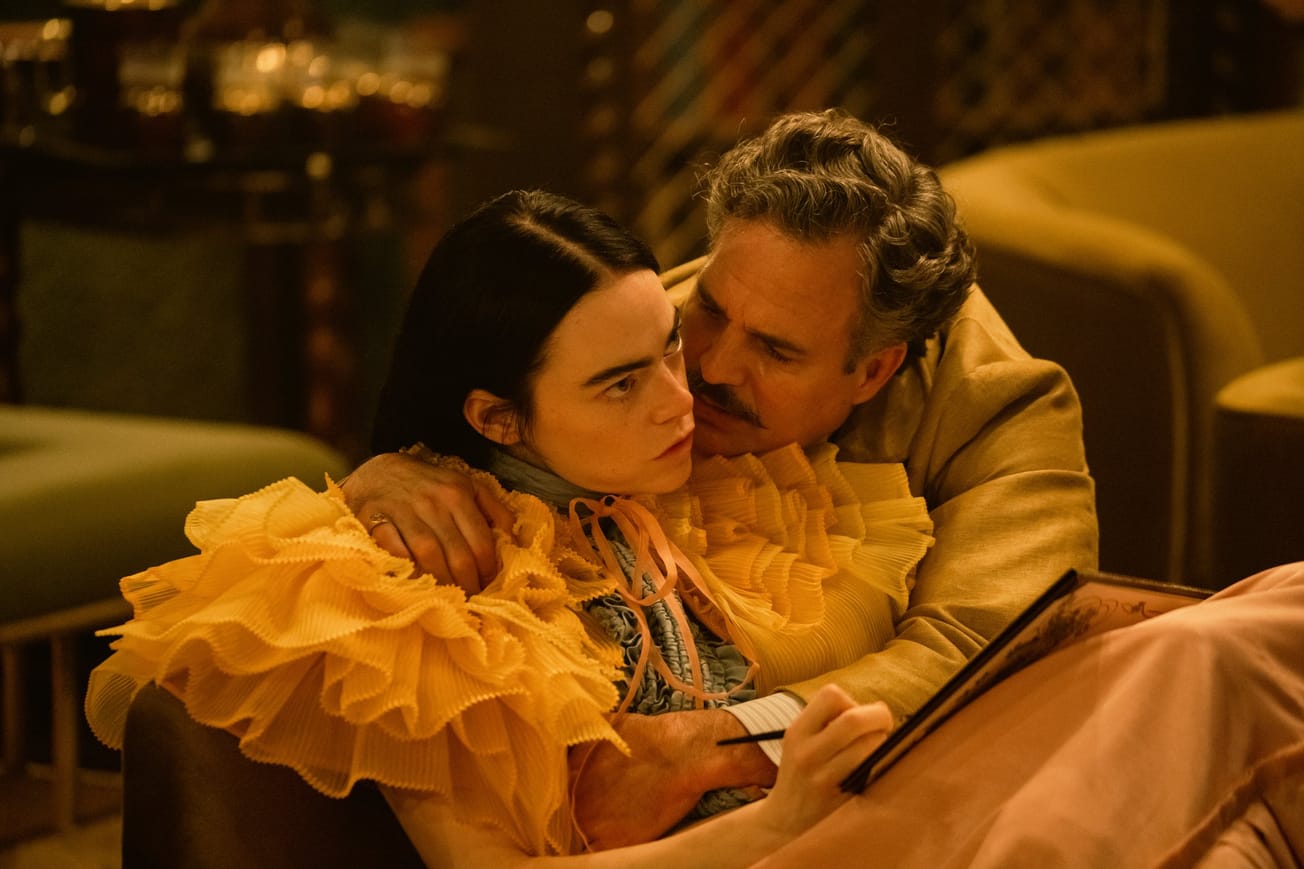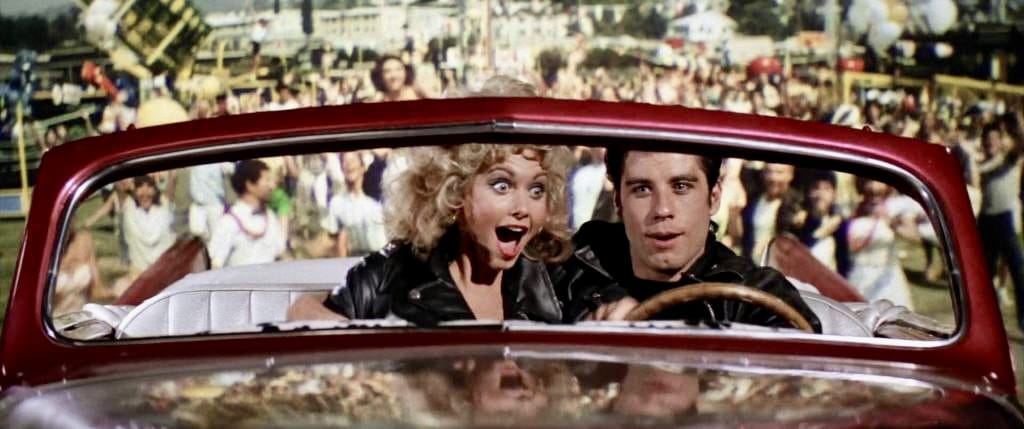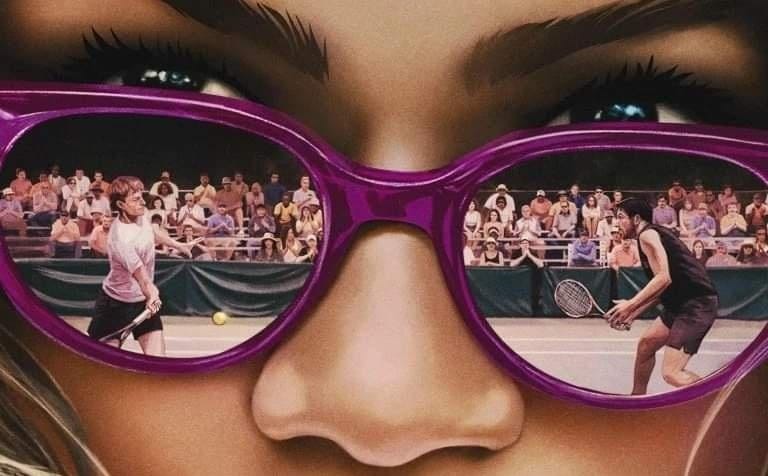By Jacob Rose, Third Year, Film and English Literature
Poor Things, a Frankenstein-esque travelogue that journeys the self, is a bold example of artistic freedom - representing the desire for better visions, further extremes and better teachers. For a director like Yorgos Lanthimos, it's a push towards a new type of absurd, that demonstrates the fundamentals of art in an age where new methods (CGI, LCD screens, etc.) are smoothing the cinematic seams. Its approach to style, using visual extremity accompanied by a mesmeric score from Jerskin Fendrix, acts almost as a litmus test of expectation, freedom and the absurd in general. Even with a personal struggle to look beyond my own expectations, I find the world of Poor Things an inventive invitation to reconsider art, aesthetics, and what the cinematic realm is capable of creating.
From its stacked cast, it’s easy to recognise the acting as a key component of Poor Things: brimming with talent, most characters allow for a bursting agency of performance. Emma Stone has already won a Golden Globe for her performance as lead Bella Baxter, and the literal birth and growth of her character - showcasing desire, understanding and humanity - is dependent on her heartfelt lead performance.

For me, though, the highlights were around Stone: in characters who brim close to the edge of caricature, offering fairly insightful commentaries on mentorship and parenting. Willem Dafoe’s Godwin, the Dr Frankenstein of the piece, offers a smooth comforting introduction to the film, enquiring thematically at fatherly ownership in a soft (if extremely fluctuating) Scottish accent. Bella’s adventurish alternative mentor, Mark Ruffallo’s rakish ‘Duncan Wedderburn” is taken to such an overacted extent that it ends up exemplifying the film’s tone - a glance at chauvinism that philosophises its dangers as an alternative for misery. Character-lead at its heart, most actors get their chance to thrive in this hyper-stylised world, ranging from interior depth to delightful overacting.
Speaking of worlds, the spaces we occupy in Poor Things are bursting at the seams with eccentricity. Never truly in reality, we share Bella’s restricted worlds by being placed in entirely studio-built cities. They’re vibrant to a discomforting extent, sharing fellow 2023 film Priscilla’s commentaries on aestheticism and its insidious potentials.

Taken further into camera choices, radially blurred shots and extra-wide angle shots emphasise focus as a tool of restriction, taking up the majority of screen space to spotlight its central figures. Intensely interior, we are taken on an intimate journey with the self, stressing what journeys like Bella’s (and, cinematically, ours) can do for the soul.
Its hyper-stylisation and over-performance can easily deter: this is not a film for everyone. But for those who it hits right, the glamorous world of Poor Things can offer a shining beacon of what it means to learn, to be taught, to explore the world and to explore yourself.
What did you think of Poor Things?









